- TradingFinder
- Education
- Forex Education
Forex Education
Forex trading offers opportunities to profit from global currency fluctuations, but success requires solid education and a strategic approach. Forex education encompasses various learning paths, from understanding basic forex concepts to mastering advanced strategies and trading psychology. Trading Finder offers the best Forex educational content for traders with various levels of knowledge and experience. This content covers basic Forex-related topics, including Forex market hours, trading platforms, spreads, commissions, Forex brokers, currency pairs, and general Forex terms such as pips, leverage, and margin. Our team of expert creators doesn’t stop there and also creates content for professional traders. These advanced educational resources cover both fundamental and technical analysis concepts. From Economic calendar, interest rate decisions impacts, economic reports impact including NFP or GDP, Forex regulatory bodies such as SEC, FCA, and ASIC, to technical analysis tools and strategies, including price action trading, various indicators such as RSI, moving average, Bollinger bands, and technical patterns, Trading Finder cover everything a trader needs to know.
Corrective Waves in Elliott Theory: Zigzag, Triangle, and Combination Patterns
Corrective Waves in Elliott Wave Theory are composed of three sub-waves and move against the prevailing trend. Unlike motive waves...
Reversal Trading in Price Action: Candlestick Confirmation and Divergence
In technical analysis, price is constantly changing sometimes moving in a clear direction, sometimes reversing. One of the most...
Fractal & Inversion Strategy in ICT: 1-Hour, 5-Minute, and 1-Minute [Free Guide]
The Fractal model in ICT style is a method for aligning price structure across timeframes and entering reactive market zones. This...
Fibonacci Projection Levels in Technical Analysis: Target Determination
Fibonacci Projection in technical analysis is a tool used to calculate price targets in the direction of a trend. By selecting...
Candlestick or Japanese Candlestick Chart: Visual Language of Financial Markets
Candlesticks or Japanese Candlestick Charts are the foundation of technical analysis in financial markets. These charts visually and...
ICT Bread and Butter Buy-Setup – Scalping Strategy in Bullish Bias
When the Daily Bias in a higher time frame (HTF) is bullish, the ICT Bread and Butter Buy-Setup provides signals to enter buy...
Friday Seek and Destroy Strategy in ICT: Accumulation and Distribution Explained
In the Friday Seek and Destroy strategy within the ICT methodology, the market typically enters an accumulation or distribution...
Exponential Moving Average (EMA): Heavier Weight on Recent Data
The Exponential Moving Average (EMA) indicator is a lagging indicator that responds quickly to price movements in financial...
RTM Diamond Pattern; Reversal Formation at Primary Market Highs and Lows
The RTM diamond pattern is one of the core setups in RTM that misleads buyers and sellers when market-makers and large...
What Are Maker and Taker Fees? Delayed vs. Instant Orders
When buying and selling cryptocurrencies on a tradingplatform, you must pay transaction fees. Generally, tradingfees on crypto...
ICT Bread and Butter Sell-Setup – Scalping Strategy Within Bearish Daily Bias
The ICT Bread and Butter Sell-Setup, when aligned with a bearish Daily Bias, offers opportunities to enter short-term sell trades....
Types of Price Gaps in Technical Analysis [Breakaway, Continuation, Exhaustion]
Types of price gaps refer to discontinuities on a price chart where no trading activity has occurred. These types of gaps in...
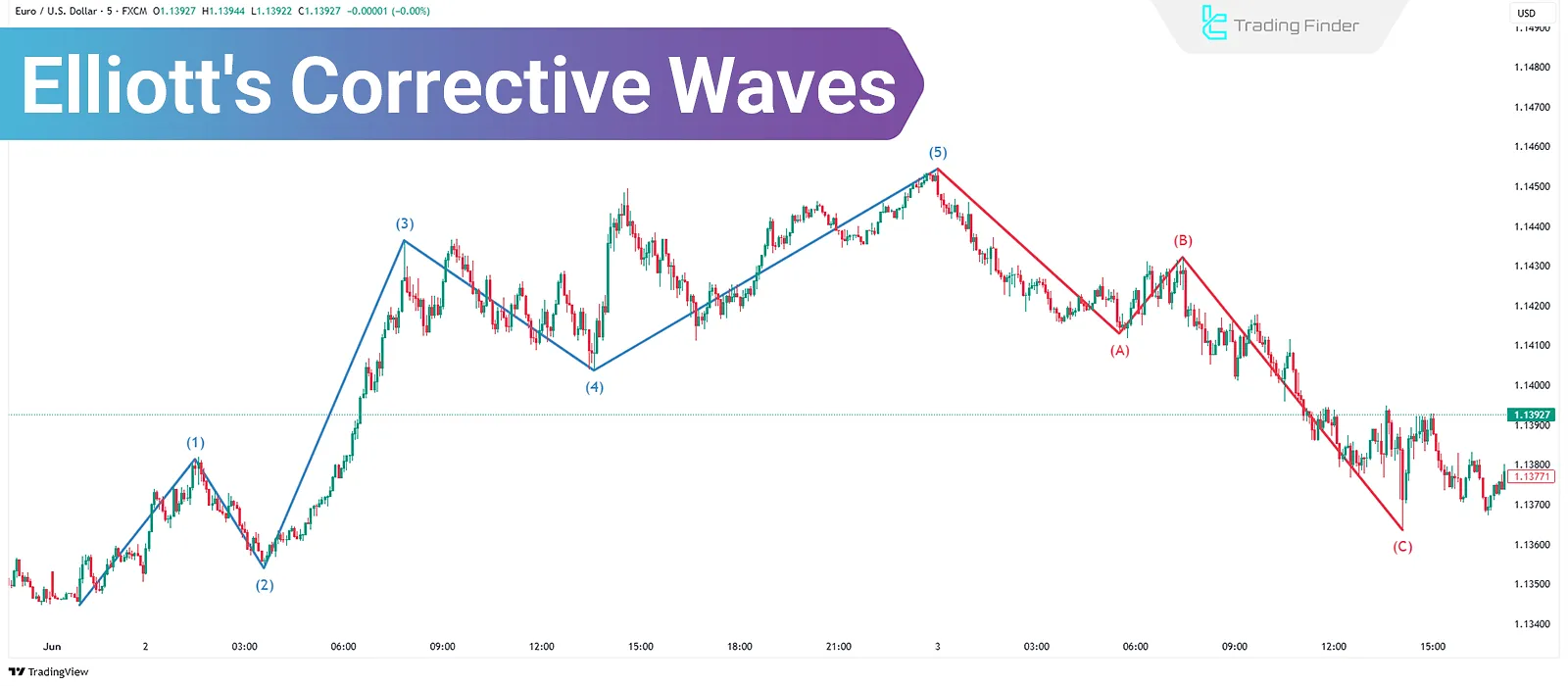
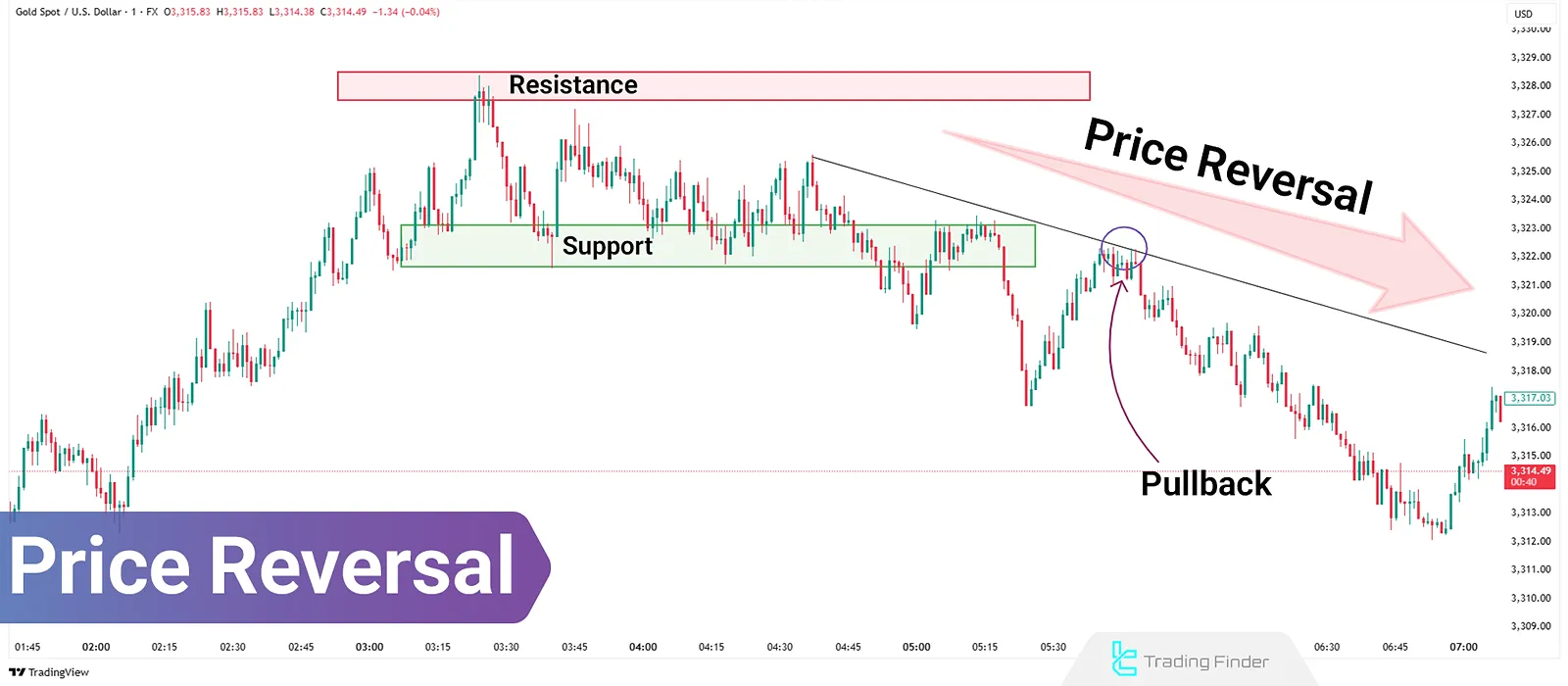
![Fractal & Inversion Strategy in ICT: 1-Hour, 5-Minute, and 1-Minute [Free Guide]](https://cdn.tradingfinder.com/image/444830/7-94-en-fractal-model-in-ict-01.webp)


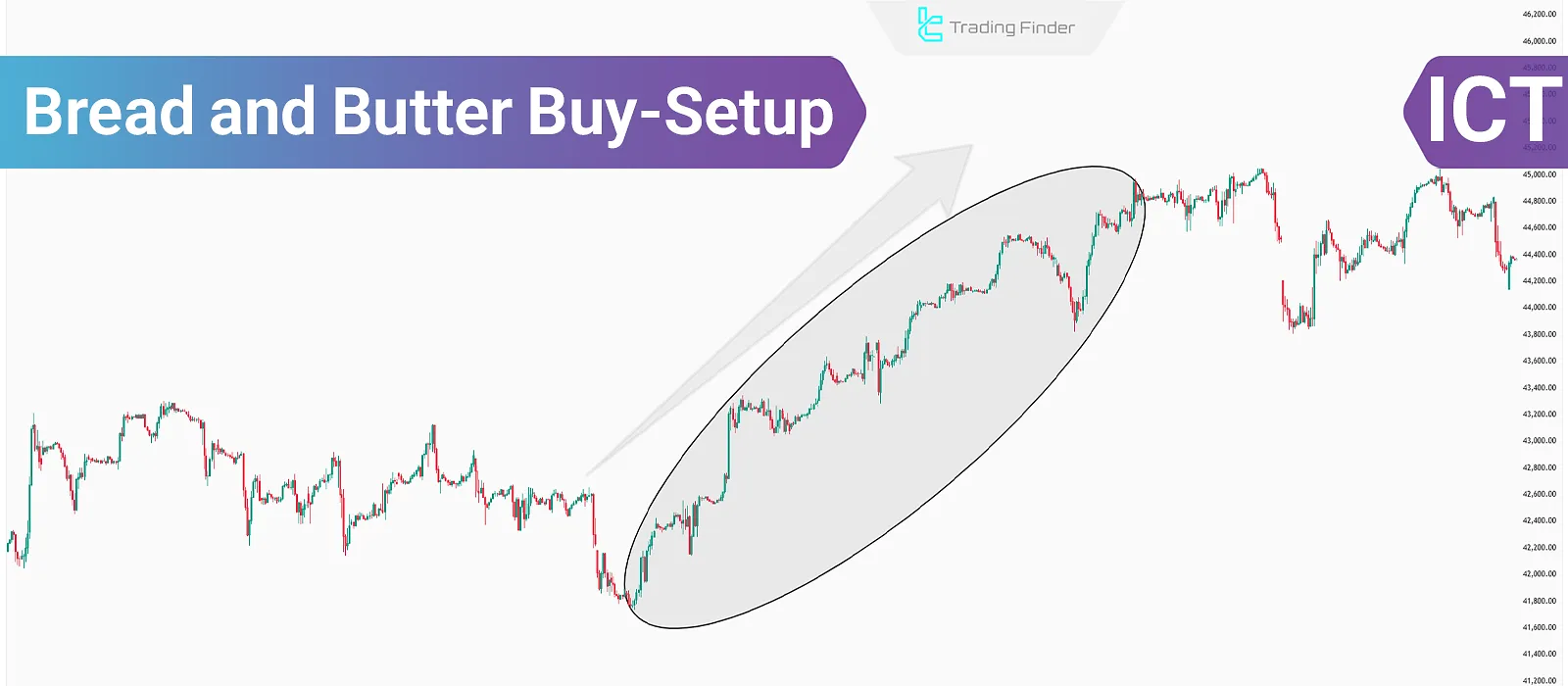
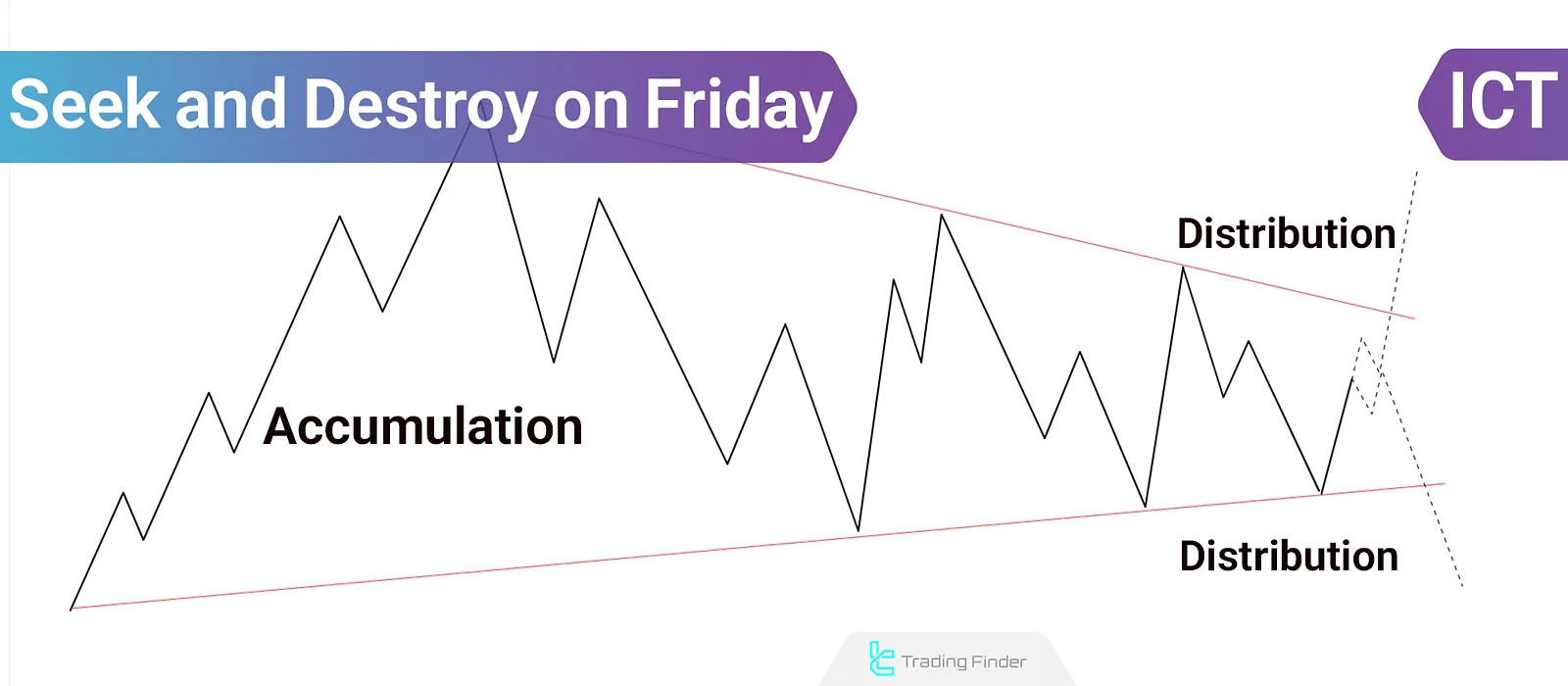
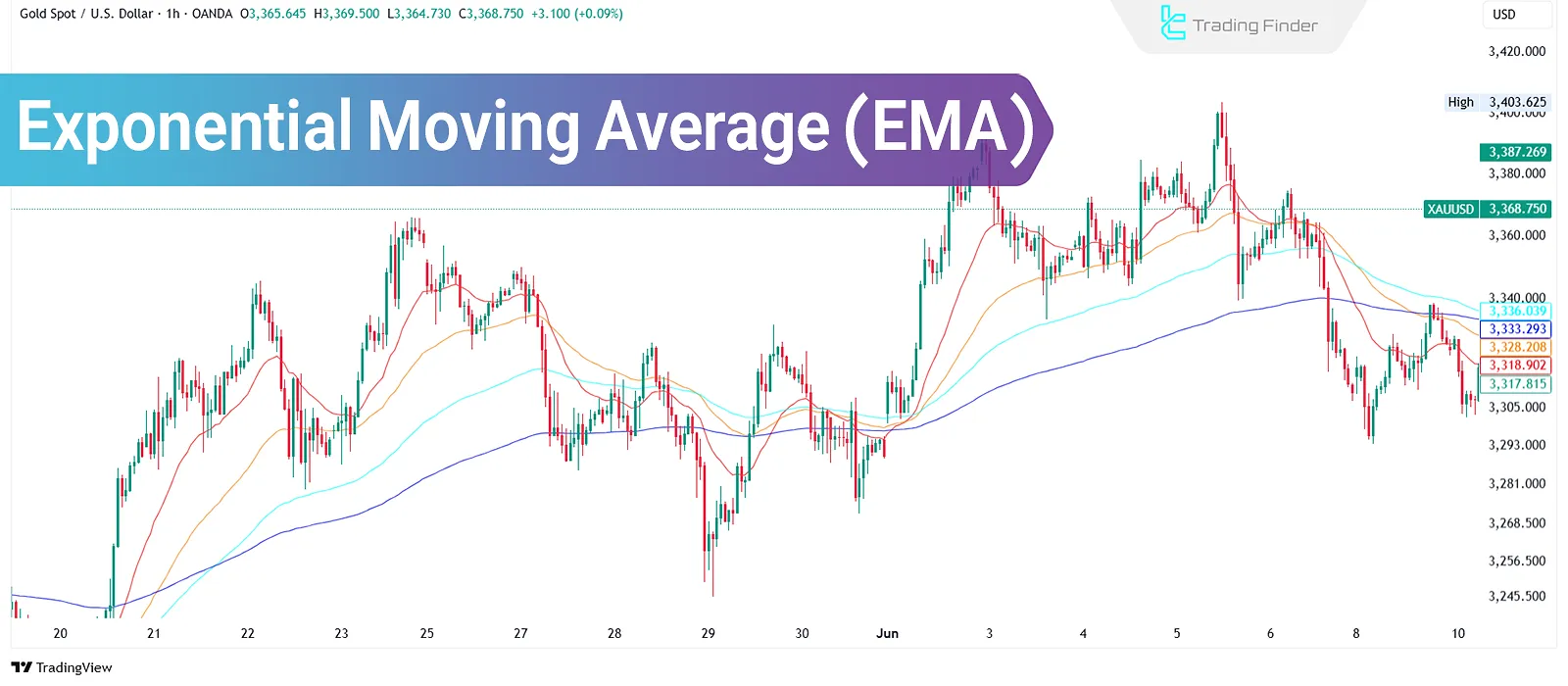
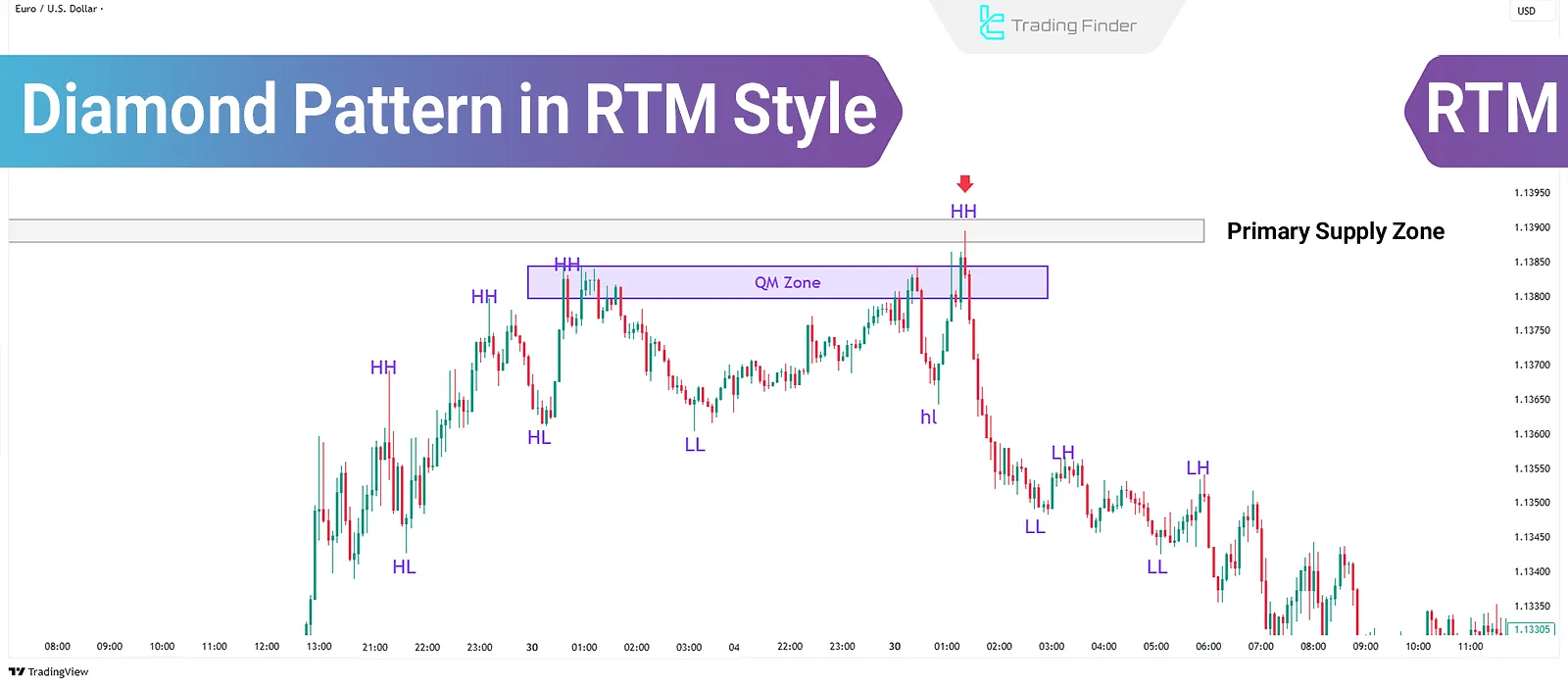
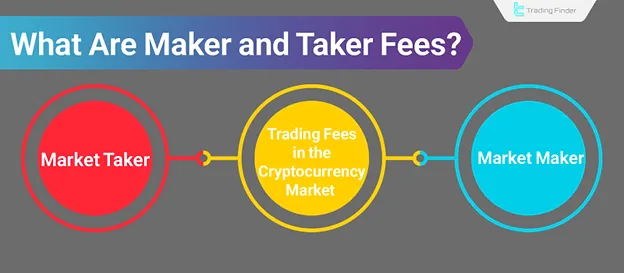
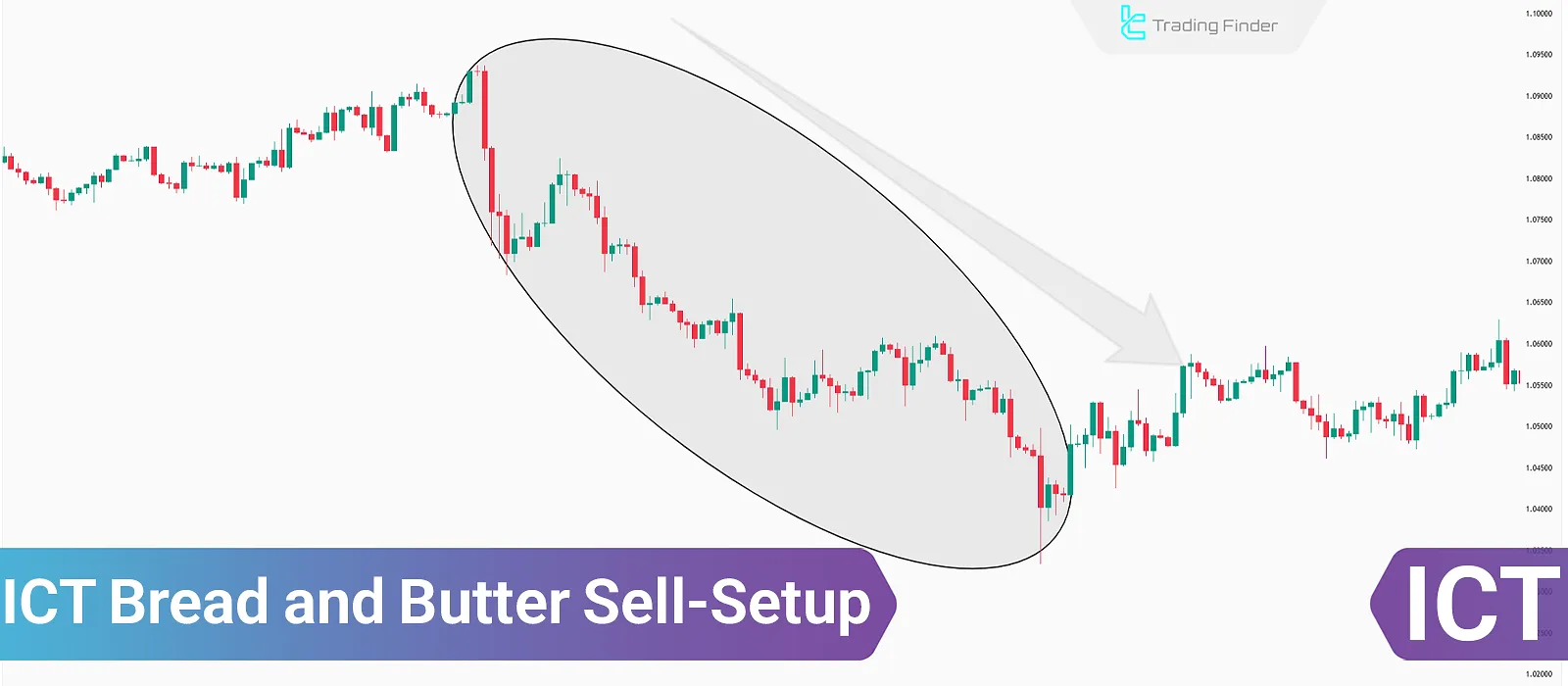
![Types of Price Gaps in Technical Analysis [Breakaway, Continuation, Exhaustion]](https://cdn.tradingfinder.com/image/438966/06-42-en-types-of-price-gap-1.webp)